|

HOME |
ABOUT |
INDEX |
NEWS |
FACEBOOK |
CONTACT
BALLROOM
Vogue Community | Kiki Culture
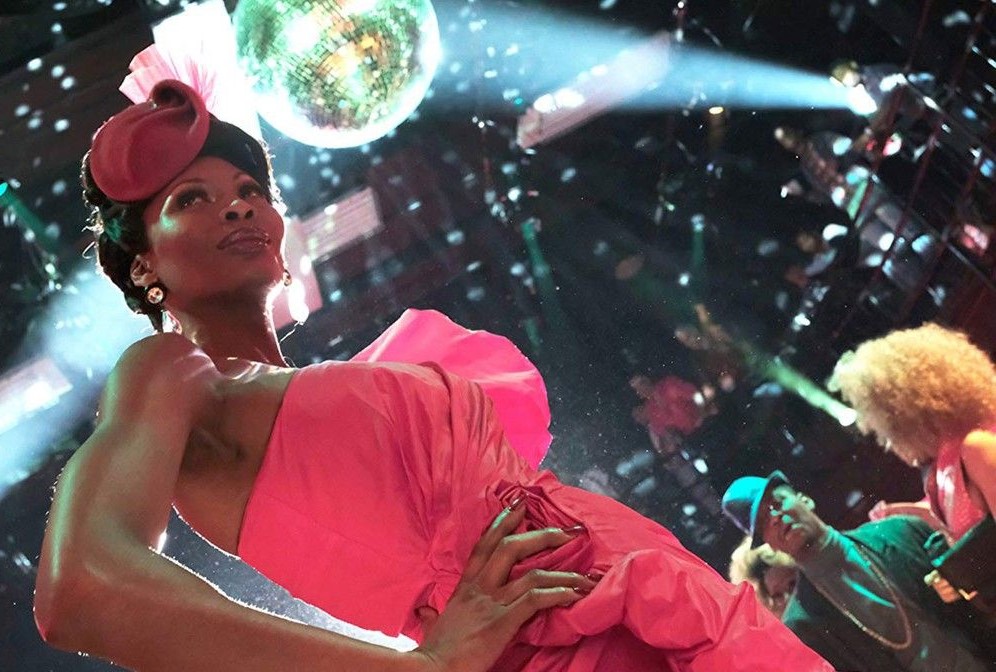 
Drag|Cross Dressing
Arts|Entertainment|Theatre
Fashion and Design
Humor and Comedy
Slang
Terminology

Underground Ballroom Community
The "underground ballroom culture" is
referred to by several different terms,
including ball culture, ballroom scene,
drag ball culture, and house ballroom
community. You might even hear the term
"kiki culture." All these terms describe
a young African-American and Latin
American underground LGBTQ (trans, drag) subculture
that originated in New York City, in
which people "walk" (compete) for
trophies, prizes, and glory at events
known as balls. Ball culture consists of
events that mix performance, dance,
lip-syncing, and modeling. Events are
divided into various categories, and
participants compete for prizes and
trophies. As a countercultural
phenomenon, ball culture is rooted in
necessity and defiance. Beginning in the
late nineteenth century, members of the
underground LGBTQ community in large
cities began to organize masquerade
balls known as "drags" in defiance of
laws which banned individuals from
wearing clothes associated with the
opposite gender.
Michelle Visage Will Always Be Herself
From the Warehouse to the World: Chicago and the Birth of House Music
Everything You Need to Know About the
Ballroom Scene
Pose: Identity, Family, Community
(Season 1)
Info: Drag Queens
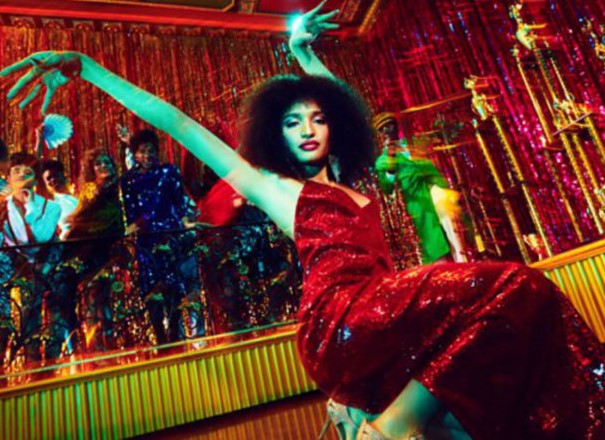
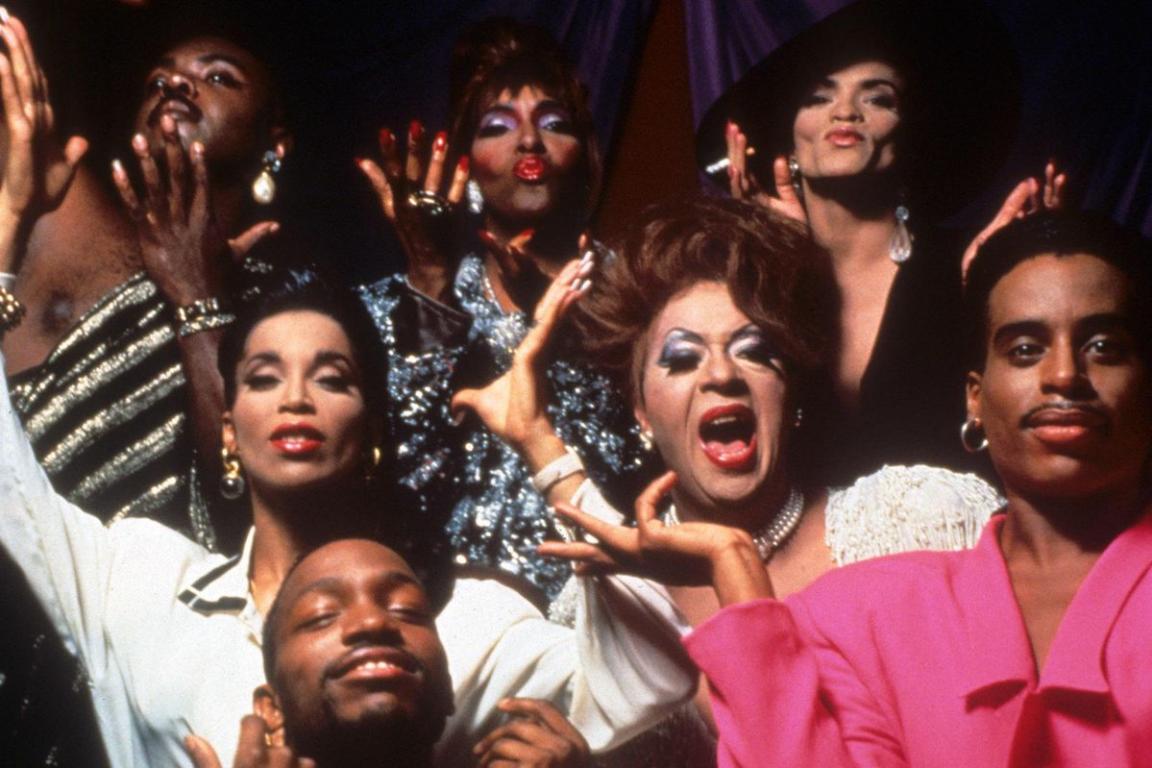
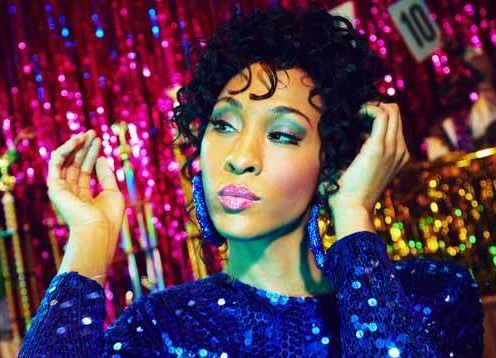
Strike a pose!
Attendees dance, vogue, walk, pose, and
support one another in one or more of
the numerous drag and performance
competition categories. Categories are
designed to simultaneously epitomize and
satirize various genders and social
classes, while also offering an escape
from reality. The culture extends beyond
the extravagant events as many
participants in ball culture also belong
to groups known as "houses", a
longstanding tradition in LGBTQ
communities, and racial minorities,
where chosen families of friends live in
households together, forming
relationships and community to replace
families of origin from which they may
be estranged.
Matt Baume: Hidden History of Paris is
Burning
Ballroom Scene: Place to Grow and Come
to Life
How Crystal LaBeija
Reinvented Ball Culture
My House: American Realness
Butch Queen Vogue Fem at Hit Machine
Ball
NPR: New York's Drag Ball Scene Strikes
a Pose
Dominique Jackson and Indya Moore: Pose
and Ballroom Culture
Kiki Ballroom Scene: Queer Kids of Color
Being Themselves
Info: LGBTQ Slang
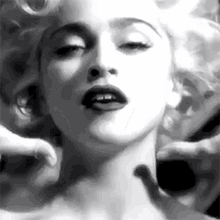
Carmen Xtravaganza, Paris Is Burning Star
and Ballroom Icon, Dies at 62
Matt Baume: Hidden History of NYC's Drag
Balls
Legendary: Leiomy Maldonado and Dashaun
Wesley Vogue Dance
Pose Stars Talk Representation and
Ballroom Culture
Ballroom Culture Explained
Pose: Identity, Family, Community
(Season 2)
Madonna: Vogue
How Japan is Raising its Own Legendary
Ballroom Scene
"Strangest and gaudiest of all Harlem
spectacles in the 1920s, and still the
strangest and gaudiest, is the annual
Hamilton Club Lodge Ball at Rockland
Palace Casino. I once attended as a
guest of A'Lelia Walker. It is the ball
where men dress as women and women dress
as men. During the height of the New
Negro era and the tourist invasion of
Harlem, it was fashionable for the
intelligentsia and social leaders of
both Harlem and the downtown area to
occupy boxes at this ball and look down
from above at the queerly assorted
throng on the dancing floor, males in
flowing gowns and feathered headdresses
and females in tuxedoes and box-back
suits."
-Langston Hughes

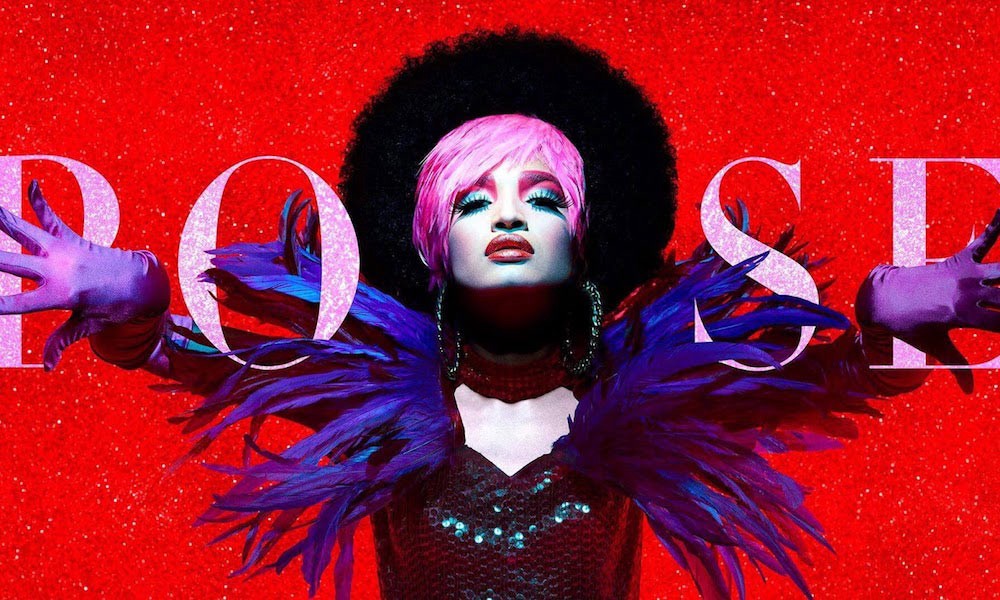
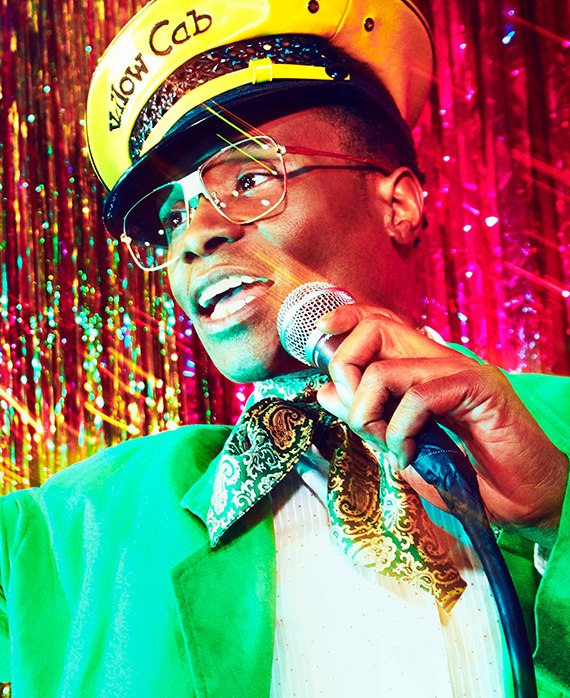
Life After Paris is Burning: Underground
Ballroom Culture
TED Talk: Ballroom Culture and the
Language of Vogue
Info: Queer People
of Color
Top Ten Memorable Pose Moments
Reconstructing Ballroom History:
Generations of Change
MJ Rodriguez Explains Underground
Ballroom Culture
Esquire Photos: Dramatic Rise of
Ballroom and Drag Culture
Voguing with Kia LaBeija: Drafted
Ballroom Culture Influence
The most notable influence of ball
culture on mainstream society is voguing,
a dance style originating in Harlem
ballrooms during the latter half of the
20th century and appropriated in the
video for Madonna's "Vogue", released in
1990 (one year before the documentary
Paris Is Burning). The dance group
Vogue Evolution, from America's Best
Dance Crew, has again sparked interest
in voguing.
Voguing started in Drag Balls held by
the queer community of color. The
competitions were divided up into Houses
that then competed in different
categories, in which one of the
categories was voguing. Named after
Vogue magazine, voguing required dancers
to mirror the poses held by models, with
emphasis placed on arm and hand
movements. Dancers would play out
elaborate scenes such as applying makeup
or taking phone calls while dancing down
the catwalk. Dancer and choreographer
Willi Ninja has been recognized as the
"Grandfather of Vogue" and the dance, as
well as Ninja himself, were covered in
the documentary Paris is Burning.
Modern homage to the underground
ballroom culture is not so
"underground." RuPaul's Drag Race, Pose,
My House, and Legendary are examples of current television
series that draw heavily on the legacy
of the ballroom culture, including the
language, common themes, and the details
of the competition. These TV programs
have done a lot to raise awareness of
the ballroom culture of the past and
continue that tradition today.
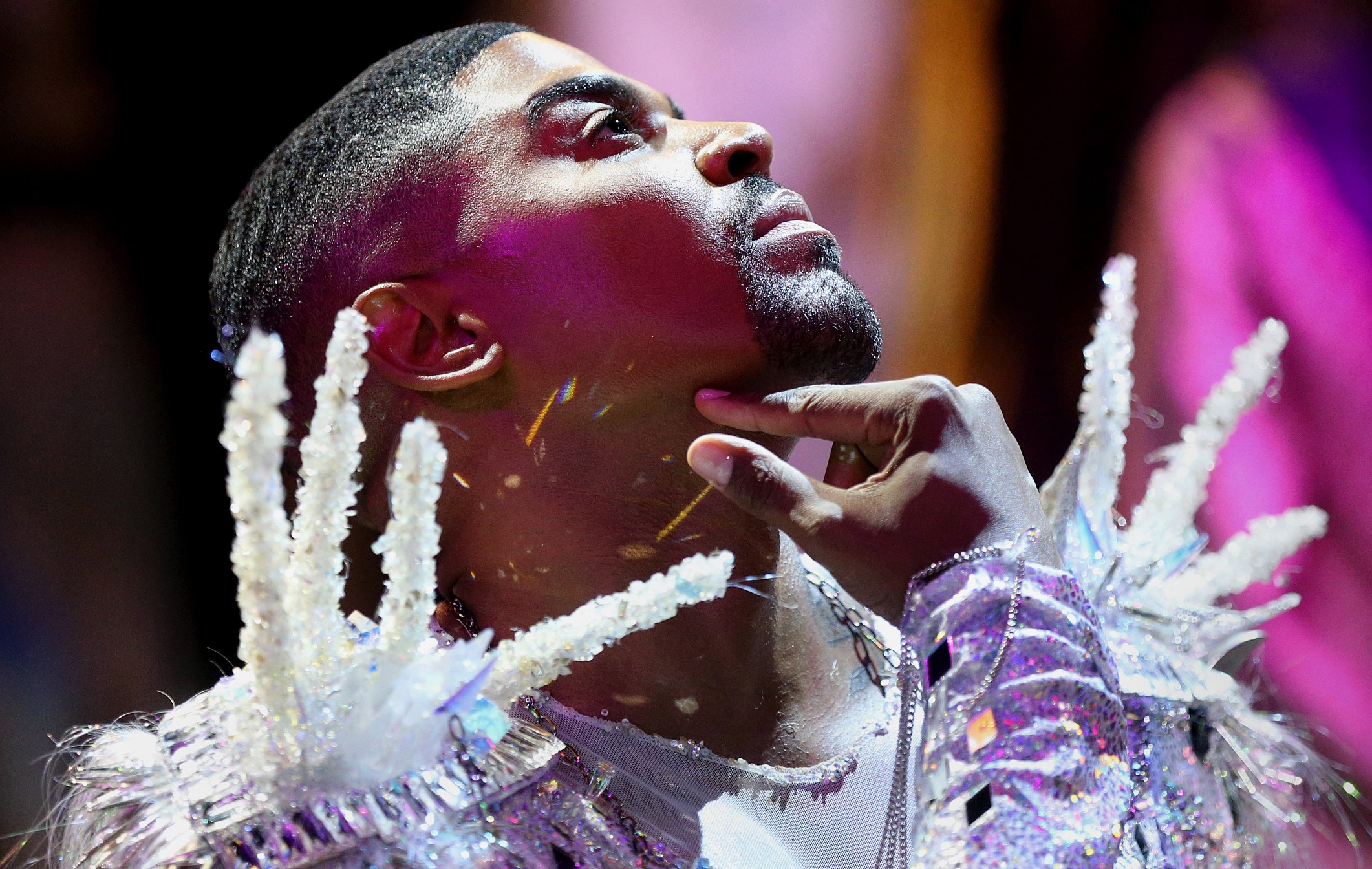
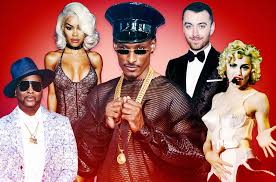
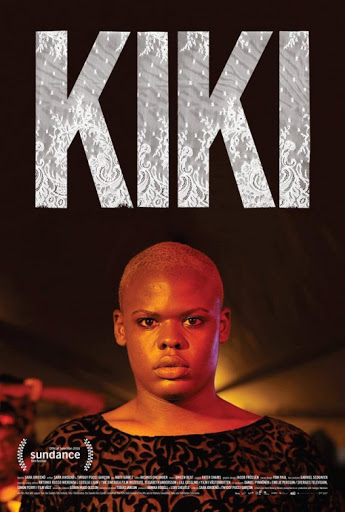
Ballroom Culture: So Much More Than
Voguing
Learn the 5 Elements of Voguing
History of NYC's Underground Ballroom
Subculture
Info: Drag Queens
Safe: Documentary on Berlin's Ballroom
Culture
Reconstructing Ballroom History:
Generations of Change
Dominique Jackson: HRC National Dinner
How Japan is Raising its Own Legendary
Ballroom Scene
The 2016 independent documentary film
Kiki, which premiered Sundance Film
Festival, takes place in New York City,
and focuses on the drag and voguing
scene, surveys the lives of LGBTQ youth
of color at a time when Black Lives
Matter and trans rights are making
front-page headlines. The film is
considered an unofficial sequel to the
influential 1990 film Paris Is
Burning.
The legacy of ballroom culture on
current drag is extensive. Language that
grew out of it is common among the LGBTQ
community as a whole. Such as terms
"reading" and "shade" mean insults used
in battles of wit and "spilling tea"
means gossiping. The use of categories
and judging can be seen on popular
reality TV programs such as RuPaul's
Drag Race. The structure of Houses is
widely used among drag queens today, as
well as associated notions of community
and family. Attitudes of defiance and
subversion, that were necessary for
black, Latino, queer, and trans
participants, as they navigated
discrimination, exclusion, and the
ravages of the AIDS epidemic, form an
essential part of drag culture as a
whole.
Legendary: Season Premiere, Full Episode
MJ Rodriguez Explains Underground
Ballroom Culture
Stars of Pose: How to Sell the Face
Info:
Transgender
TED Talk: Ballroom Culture and the
Language of Vogue
My House: Guns and Roses
Tutorial: Five
Elements of Vogue
Scissor Sisters: Let's Have a Kiki
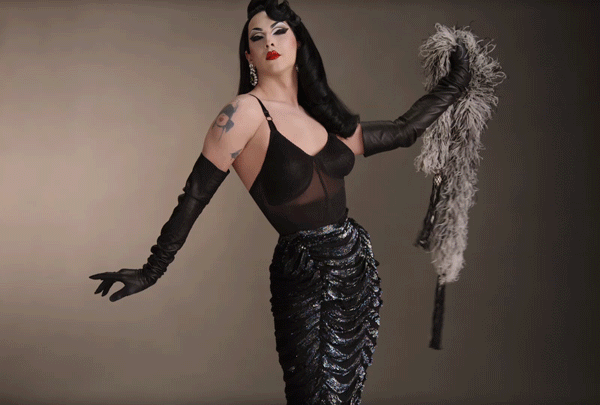
Top Ten Memorable Pose Moments
Butch Queen Vogue Fem at Hit Machine
Ball
Kiki Ballroom Scene: Important As Ever
Rolling Stone: Brief History of Ball
Culture
How Crystal LaBeija
Reinvented Ball Culture
Madonna: Vogue
Michelle Visage Will Always Be
Herself
From the Warehouse to the World:
Chicago and the Birth of House
Music
Matt Baume: Hidden History of NYC's Drag
Balls
Dominique Jackson: My Truth, My Story
BBC: How Drag Balls Went Mainstream
Legendary: 30 Years of Philly Ballroom
Voguing with Kia LaBeija: Drafted
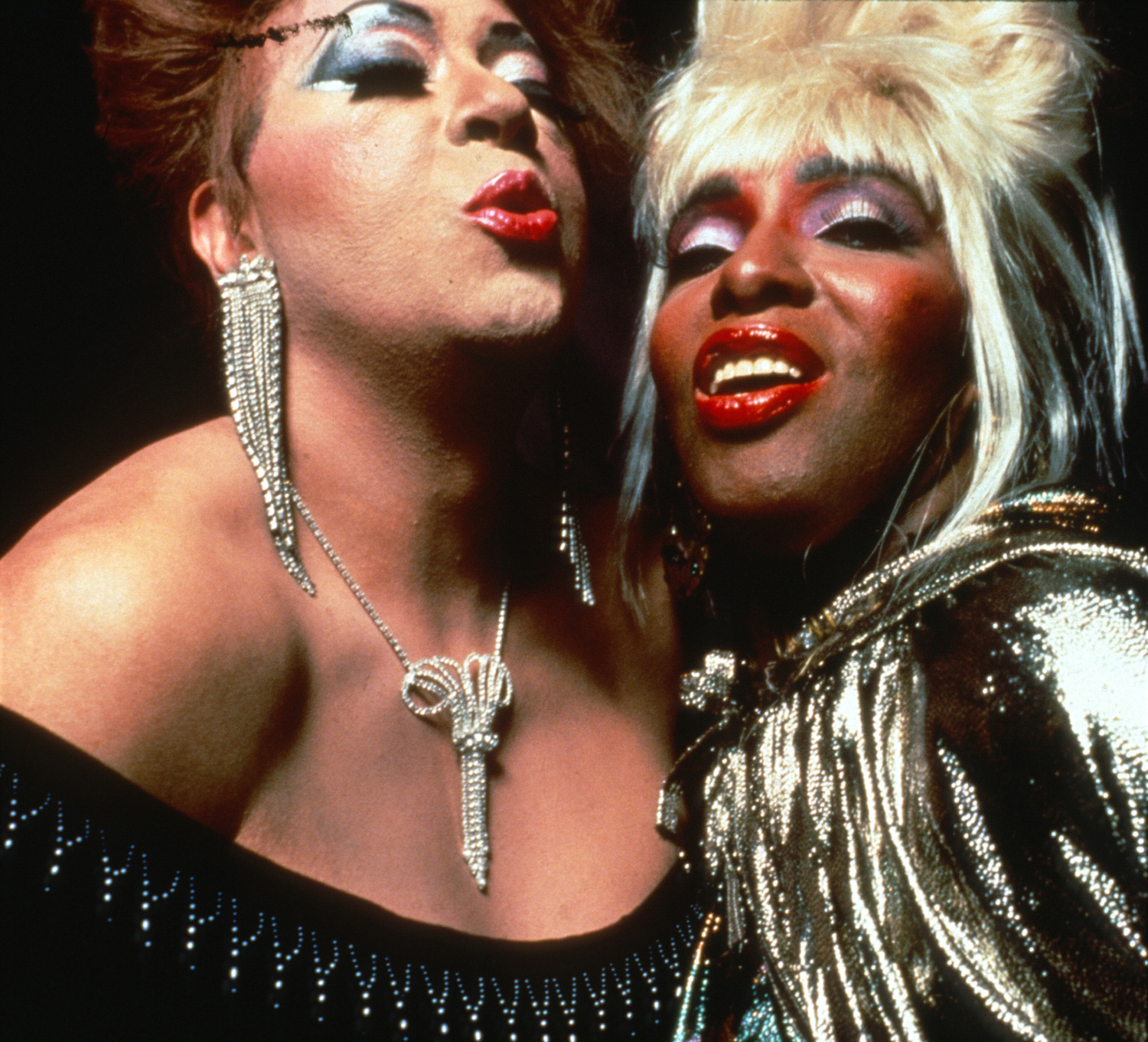
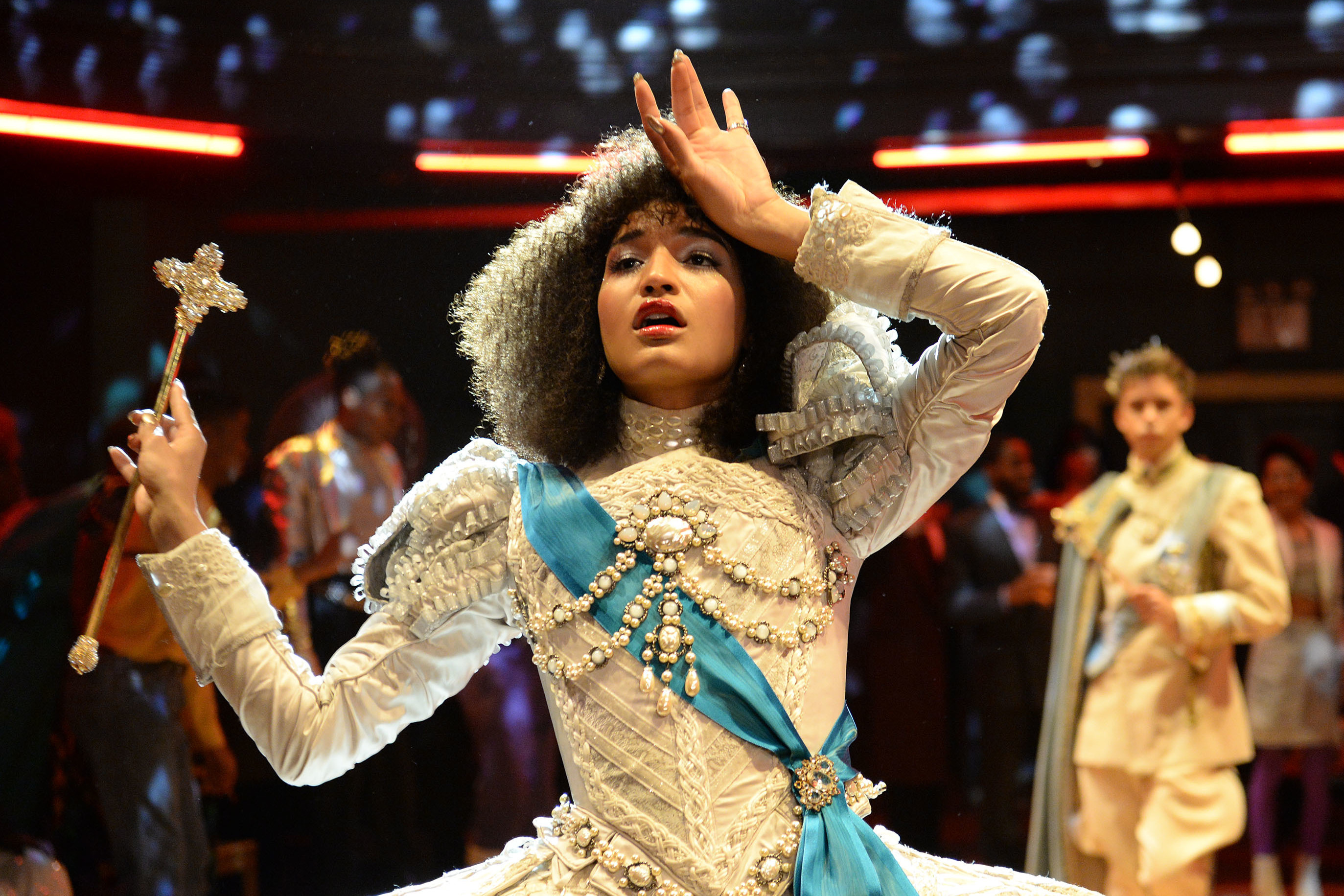
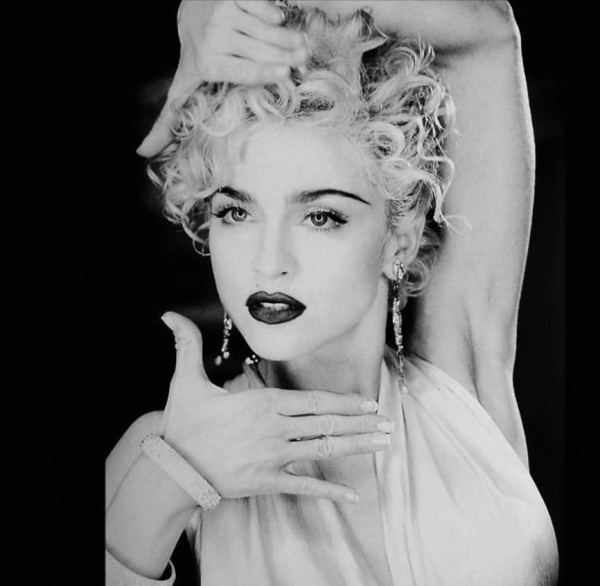
Legendary: Leiomy Maldonado and Dashaun
Wesley Vogue Dance
Matt Baume: Hidden History of Paris is
Burning
Hit Machine Ball: Butch Queen Vogue Fem
Ballroom Scene: Place to Grow and Come
to Life
Info: Queer People
of Color
Vogue: Madonna Live at MTV Awards
Ballroom Culture Slang
--Butch Queen: Queer male
--Mother/House Mother: Matriarch of a
house, often taking on a mentoring role
for members of the house
--House: Group of individuals (often a
chosen family) that compete in balls
under the same name
--Legendary/Legend: Title added before
an individual's name indicating prestige
and years of hard work
--Iconic/Icon: Highest achievement in
ballroom, indicates countless trophies,
memorable moments
--Voguing: Dance invented in 1970s
Harlem and performed notably by Willi
Ninja
--Walking: Competing or showing off to
acquire the admiration of ball
contestants
--Werk: Exclamatory phrase used to
connote admiration and content with
someone's actions
--Fierce: Similar to "werk," meaning
something to admire and celebrate
--Chop: When the person competing is
disqualified by one of the judges
--Read:
To lecture or reprimand someone with mockery or a sharply worded
barrage of painful truths about him or herself,
especially in front of a crowd or audience.
To
highlight and exaggerate all of the
flaws of a person, from their ridiculous
clothes, to their flawed makeup and
anything else the reader can come up
with. It is a battle of wit, in which
the winner is one who gets the crowd to
laugh the most.
--Shade:
Negative, disparaging,
or backhanded remarks made to or about someone. Subtle,
sneering expression of contempt for or disgust with
someone.
Ballroom Culture: So Much More Than
Voguing
Madonna: Vogue
Learn the 5 Elements of Voguing
Info: Drag Queens
Carmen
Xtravaganza, Paris Is Burning
Star and Ballroom Icon, Dies at
62
Matt Baume: Hidden History of Paris is
Burning
NPR: New York's Drag Ball Scene Strikes
a Pose
My House: Dance Music Sex Romance
Dominique Jackson: HRC National Dinner
Legendary: Season Premiere, Full Episode
MJ Rodriguez Explains Underground
Ballroom Culture
Stars of Pose: How to Sell the Face
Info:
Transgender
TED Talk: Ballroom Culture and the
Language of Vogue
Top Ten Memorable Pose Moments
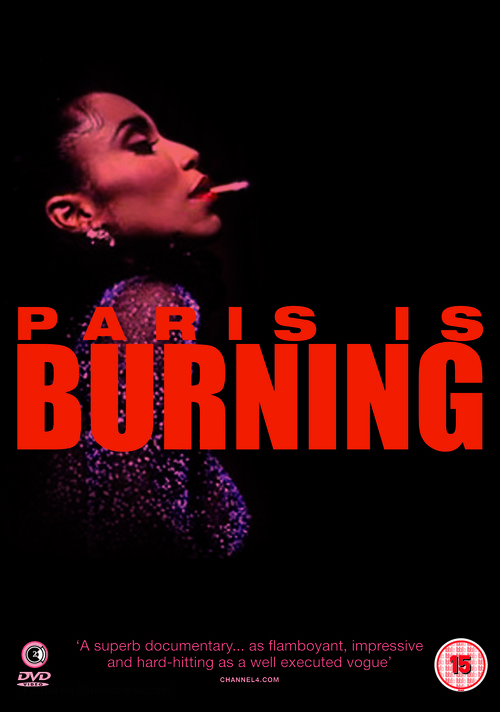
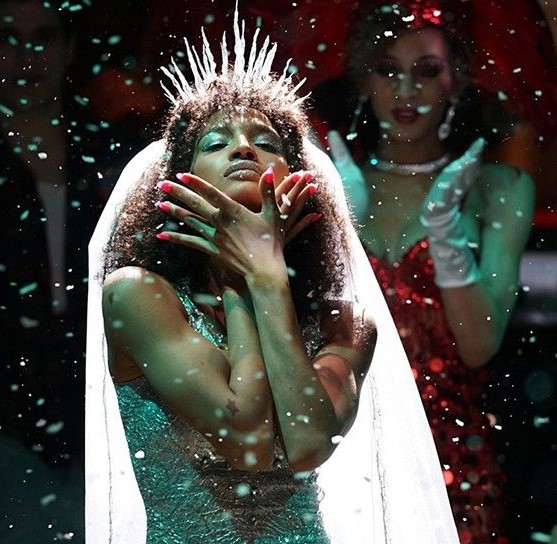
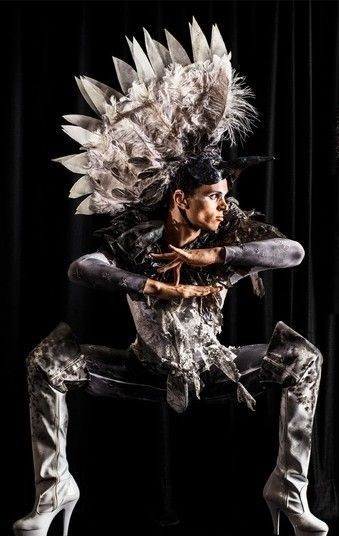
Dominique Jackson: My Truth, My Story
Glee and Sarah Jessica Parker: Let's
Have a Kiki
Safe: Documentary on Berlin's Ballroom
Culture
Legendary: 30 Years of Philly Ballroom
How Japan is
Raising its Own Legendary
Ballroom Scene
Hit Machine Ball: Butch Queen Vogue Fem
Kiki Ballroom Scene: Important As Ever
My House: Female Figures
Esquire Photos: Dramatic Rise of
Ballroom and Drag Culture
Ballroom Scene: Place to Grow and Come
to Life
Info: Queer People
of Color

Ballroom Competition Categories
--Vogue: Figure performance using vogue elements of hands, catwalk, duckwalk, floor performance, spins,
dips
--Butch Queen (BQ) Realness: Ability to
blend in with cisgender men
--Femme Queen (FQ) Realness: Ability to blend in with cisgender
women
--Realness With a Twist (Twister):
Ability to blend in with heterosexuals,
then return to vogue like a femme queen
--Runway: Ability to walk like a supermodel.
--Bizarre: Creativity to design a
costume based on a requested category
--Face: Judging a participant's facial
structure, skin, teeth, make-up
--Sex Siren: Sex appeal and how they are
able to persuade, tease, and titillate
the judges
--Commentator: Allows aspiring emcees to
showcase their ability to rap and rhyme
over a beat
--Up in Pumps: Judging participants'
ability to walk in high heels
--Hands Performance: Using hands to tell
a story
--Best Dressed: Judging participant's
ostentatious clothing
--Body: This category is about good body
structure and someone who has a well
defined body
Carmen Xtravaganza, Paris Is Burning Star
and Ballroom Icon, Dies at 62
Ballroom Scene: Place to Grow and Come
to Life
Ballroom Culture Explained
Life After Paris is Burning: Underground
Ballroom Culture
TED Talk: Ballroom Culture and the
Language of Vogue
Top Ten Memorable Pose Moments
Madonna: Vogue
History of
NYC's Underground Ballroom Subculture
BBC: How Drag Balls Went Mainstream
MJ Rodriguez Explains Underground
Ballroom Culture
Tutorial: Five Elements of Vogue
Everything You Need to Know About the
Ballroom Scene
Rolling Stone: Brief History of Ball
Culture

Ballroom Beginnings
The origins of the underground ballroom
culture can be traced back to the 1960s
in New York City, particularly among
marginalized communities, primarily
Black and Latino LGBTQ individuals.
These communities faced discrimination,
exclusion, and violence in mainstream
society, so they created their own safe
spaces where they could express
themselves freely.
The ballroom culture emerged as a
response to this oppression, providing a
platform for individuals to showcase
their talents, creativity, and
identities. Ballroom events, known as
balls, were organized, featuring various
competitive categories such as voguing,
runway walks, and posing, where
participants (often referred to as
"houses") would compete for recognition
and respect within their community.
Houses were like chosen families, led by
mentors known as "mothers" or "fathers,"
who provided support, guidance, and
protection to their members, many of
whom were homeless or estranged from
their biological families due to their
sexual orientation or gender identity.
The ballroom culture also played a
significant role in the development of
dance styles like voguing, which
originated from dancers imitating the
poses and movements of models in fashion
magazines. Voguing became a central
aspect of ballroom competitions, with
participants showcasing their skills and
creativity through elaborate dance
routines.
Over the years, the ballroom culture has
continued to evolve and spread beyond
New York City, influencing mainstream
popular culture, particularly through
the documentary film "Paris is Burning"
(1990) and the television series "Pose"
(2018-2021). Despite its underground
origins, the ballroom culture has become
a vital part of LGBTQ history and
continues to provide a sense of
community, empowerment, and resilience
for its participants.
Rolling Stone: Brief History of Ball
Culture
Legendary: Leiomy Maldonado and Dashaun
Wesley Vogue Dance
Everything You Need to Know About the
Ballroom Scene
Matt Baume: Hidden History of NYC's Drag
Balls
My House: Series Trailer
Michelle Visage Will Always Be
Herself
How Crystal LaBeija
Reinvented Ball Culture
Matt Baume: Hidden History of Paris is
Burning
Pose: Identity, Family, Community
(Season 1)
History of NYC's Underground Ballroom
Subculture
Ballroom Scene: Place to Grow and Come
to Life
Safe: Documentary on Berlin's Ballroom
Culture
Madonna: Vogue
Reconstructing Ballroom History:
Generations of Change
Info: Queer People
of Color
How Japan is
Raising its Own Legendary
Ballroom Scene
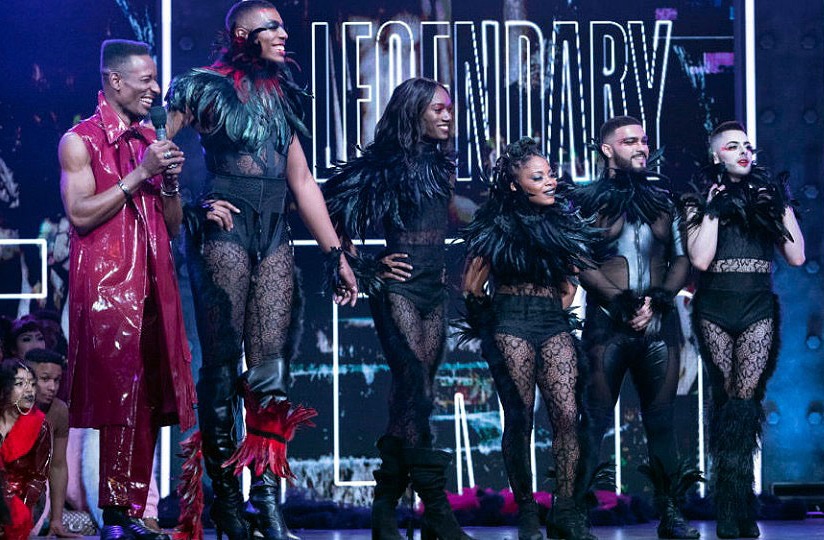
Carmen
Xtravaganza, Paris Is Burning
Star and Ballroom Icon, Dies at
62
Dominique Jackson and Indya Moore: Pose
and Ballroom Culture
From the Warehouse to the World: Chicago and the Birth
of House Music
Kiki Ballroom Scene: Queer Kids of Color
Being Themselves
Pose Stars Talk Representation and
Ballroom Culture
Tutorial: Five Elements of Vogue
Ballroom Culture Explained
Pose: Identity, Family, Community
(Season 2)
Life After Paris is Burning: Underground
Ballroom Culture
Info: LGBTQ Slang
TED Talk: Ballroom Culture and the
Language of Vogue
BBC: How Drag Balls Went Mainstream
My House: Old Way
Top Ten Memorable Pose Moments
MJ Rodriguez Explains Underground
Ballroom Culture
Vogue: Madonna Live at MTV Awards
HOME
QUEER CAFE
│ LGBTQ Information Network │ Established 2017
|